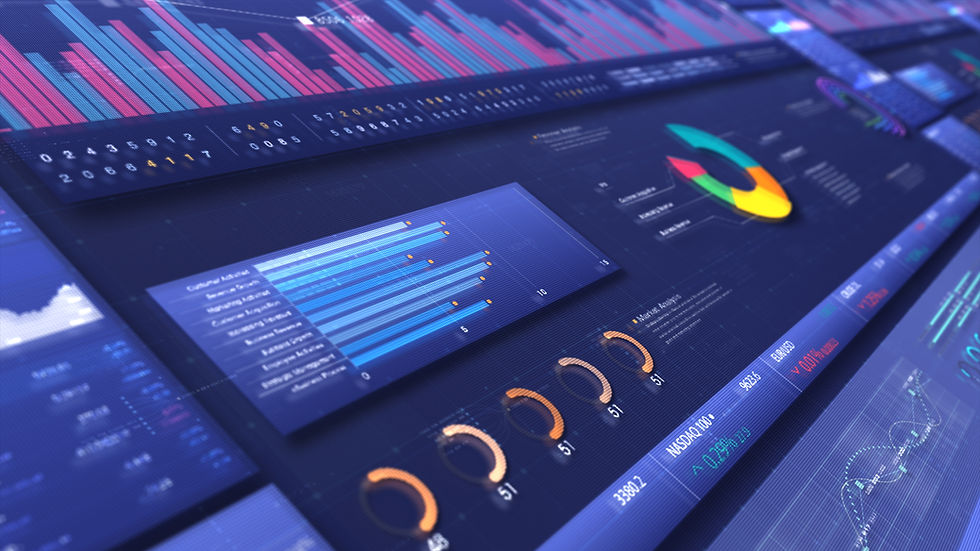Leveraging Big Data and Analytics for Enhanced HSE Performance
- Leverage Safety
- May 23, 2021
- 2 min read
Updated: Dec 16, 2023

The transformative potential of big data and data analytics in improving safety performances is often not well understood. By analyzing extensive datasets, companies can uncover patterns and trends indicative of potential safety issues, enabling them to implement proactive measures to prevent accidents and injuries.
Real-Time Insights for Proactive Safety Management
One significant advantage of big data is the provision of real-time insights into operations. With immediate access to current data, companies can actively monitor processes and equipment, swiftly identifying and addressing potential safety concerns. This proactive approach can prevent accidents, enhancing safety performance across the board.
Predictive Analytics for Preemptive Safety Measures
Another key benefit of big data and analytics is predictive modeling. By examining historical data, organizations can develop models to anticipate potential safety issues before they occur. Such predictive capabilities allow for preemptive actions to mitigate risks, thereby improving safety outcomes.
Tracking and Monitoring Safety Over Time
Big data also enables continuous tracking and analysis of safety performance. This analysis helps identify trends and patterns, potentially signaling underlying safety issues. Companies can then prioritize improvements and allocate resources more effectively, leading to sustained enhancements in safety performance.
Challenges in Data Analysis: Garbage In, Garbage Out
A critical consideration in data analytics is the quality of the input data. The principle of 'garbage in, garbage out' holds true here—poor quality or irrelevant data can lead to inaccurate analyses and potentially harmful decisions. Ensuring the integrity and relevance of data is paramount for reliable analysis and informed decision-making.
Understanding Correlation vs. Causation
A major analytical challenge is differentiating between correlation and causation. While two variables may show a correlation, it doesn't necessarily imply a cause-and-effect relationship. Misinterpreting these relationships can lead to erroneous conclusions and ineffective safety strategies. A thorough and cautious approach is needed to discern true causal relationships in data.
The Hawthorne Effect in Data Analysis
The Hawthorne effect, named after a series of experiments at the Hawthorne Works factory, highlights how individuals may change their behavior when they know they are being observed. This phenomenon should be considered when analyzing safety data, as it may influence the reliability of observed behaviors and reported outcomes.
The integration of big data and analytics in the oil and gas industry presents a significant opportunity to elevate HSE practices. While the benefits of real-time insights, predictive modeling, and continuous monitoring are clear, challenges such as ensuring data quality, understanding correlation vs. causation, and accounting for the Hawthorne effect must be carefully navigated. By adopting a strategic and discerning approach to data analysis, companies can leverage these tools to significantly enhance safety performance and create a safer working environment.



